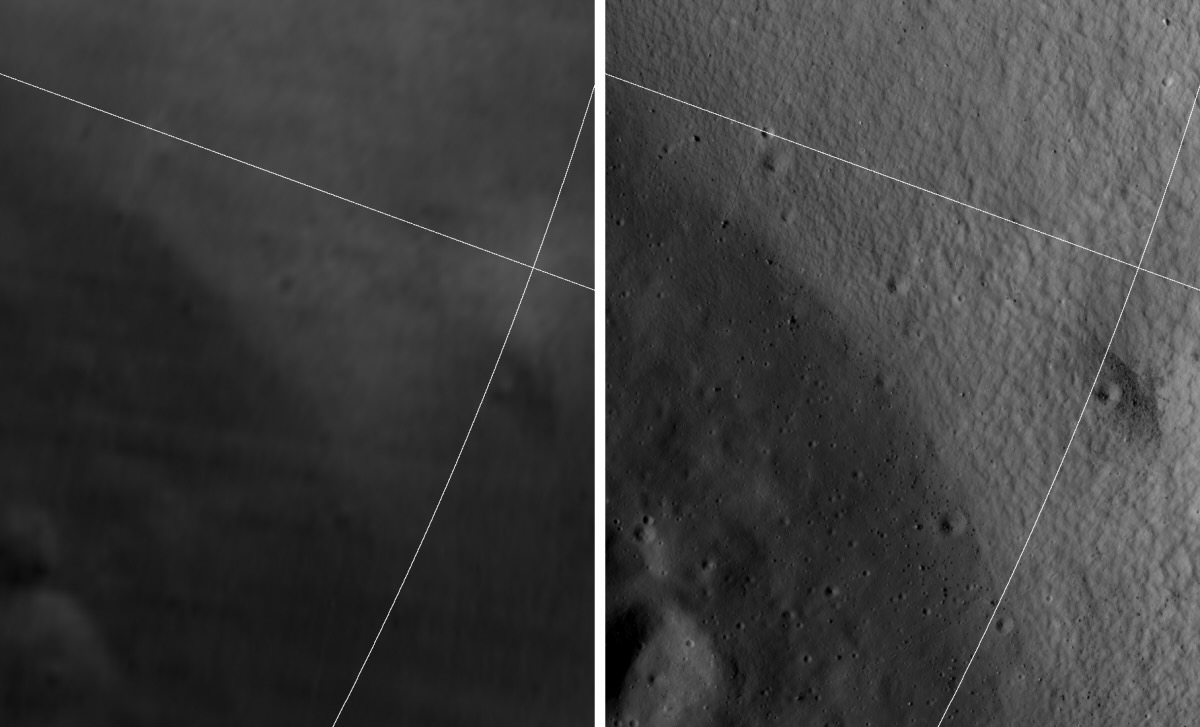South Korea's Danuri probe captures phases of Earth from lunar orbit (photo)
NASA's ShadowCam is also aboard Danuri, bringing new insight into dark lunar craters.

South Korea's first moon mission is now fully operational and unveiling new views of the Earth and moon from lunar orbit.
The Korea Pathfinder Lunar Orbiter (KPLO), also known as Danuri, arrived in low lunar orbit in mid-December and delivered a first batch of stunning images in January.
The spacecraft has been quietly continuing its science work since then. The Korea Aerospace Research Institute (KARI) released a new set of Danuri images via Twitter on Sunday (Feb. 12), showing detailed views of Vallis Rheita, taken on Jan. 5, Mare Imbrium (Jan. 10), Oceanus Procellarum (Jan. 13) and a series of images showing the phases of Earth, as seen from lunar orbit.
Related: South Korea's moon mission snaps stunning Earth pics after successful lunar arrival

Danuri launched aboard a SpaceX Falcon 9 rocket in early August last year, eventually achieving its intended orbit on Dec. 27. The probe began its full operational phase on Feb. 4, according to an update that KARI posted on Facebook.
The spacecraft is also carrying the NASA-funded ShadowCam instrument, which is designed to peer into craters on the moon whose floors do not receive direct sunlight.
ShadowCam is derived from cameras aboard NASA's Lunar Reconnaissance Orbiter but is 200 times more light-sensitive, allowing it to pick up light reflected off crater walls and peaks to provide unprecedented views into permanently shadowed regions, or PSRs.
Breaking space news, the latest updates on rocket launches, skywatching events and more!

ShadowCam has snapped a series of images of Shackleton Crater at the lunar south pole, revealing a detailed view of the permanently shadowed wall and floor of the crater. The tests are designed to calibrate and test the camera's functionality as part of an operational checkout period that will conclude before the end of February, according to NASA.
High-resolution images collected by ShadowCam could provide clues about lunar evolution, water trapped as ice in shadowed regions, and even assist site selection for crewed Artemis missions, according to NASA.
Follow us on Twitter @Spacedotcom or on Facebook.
Join our Space Forums to keep talking space on the latest missions, night sky and more! And if you have a news tip, correction or comment, let us know at: community@space.com.

Andrew is a freelance space journalist with a focus on reporting on China's rapidly growing space sector. He began writing for Space.com in 2019 and writes for SpaceNews, IEEE Spectrum, National Geographic, Sky & Telescope, New Scientist and others. Andrew first caught the space bug when, as a youngster, he saw Voyager images of other worlds in our solar system for the first time. Away from space, Andrew enjoys trail running in the forests of Finland. You can follow him on Twitter @AJ_FI.
-
TheSpaceCadet Wow! Is there a high-resolution source for this?Reply
It would make an awesome wallpaper.
